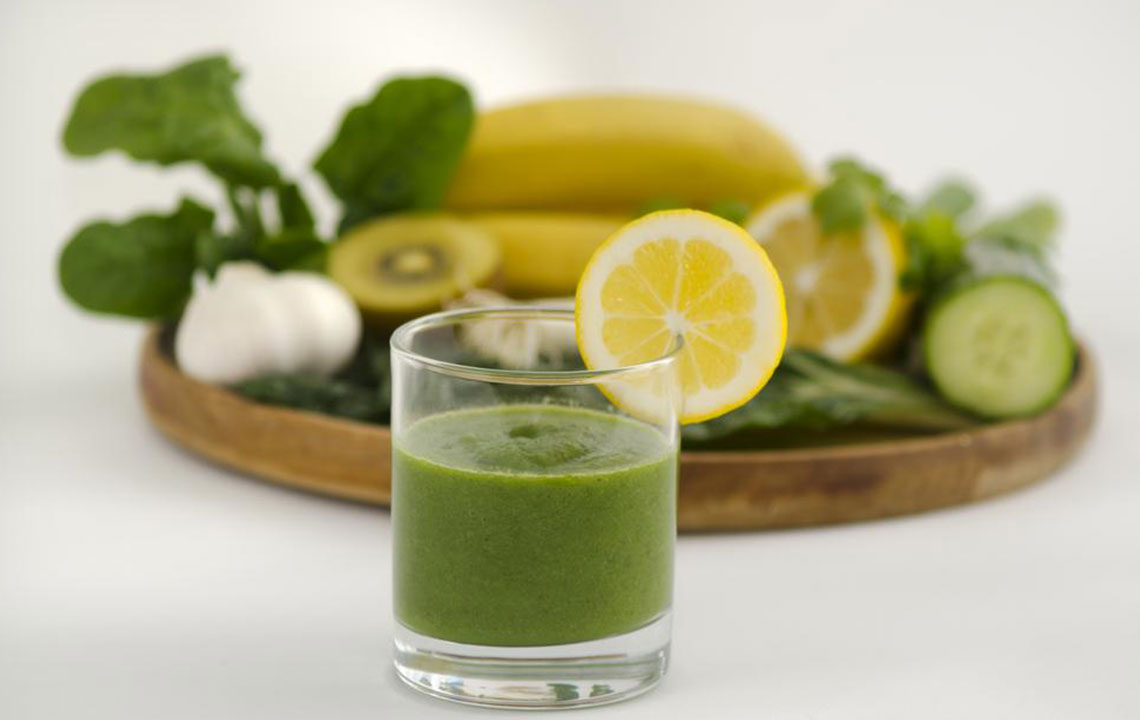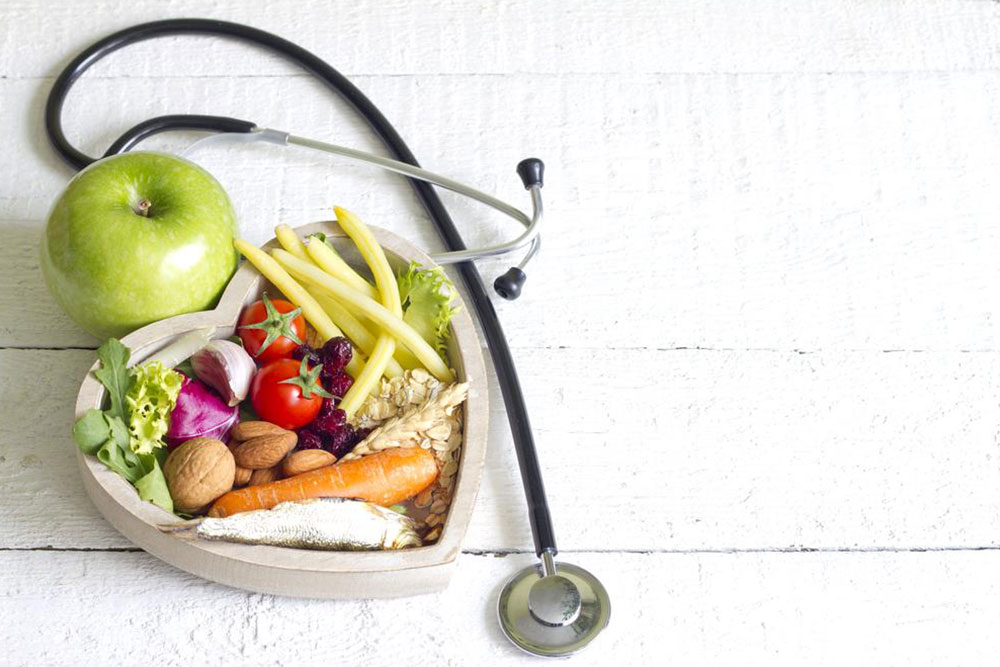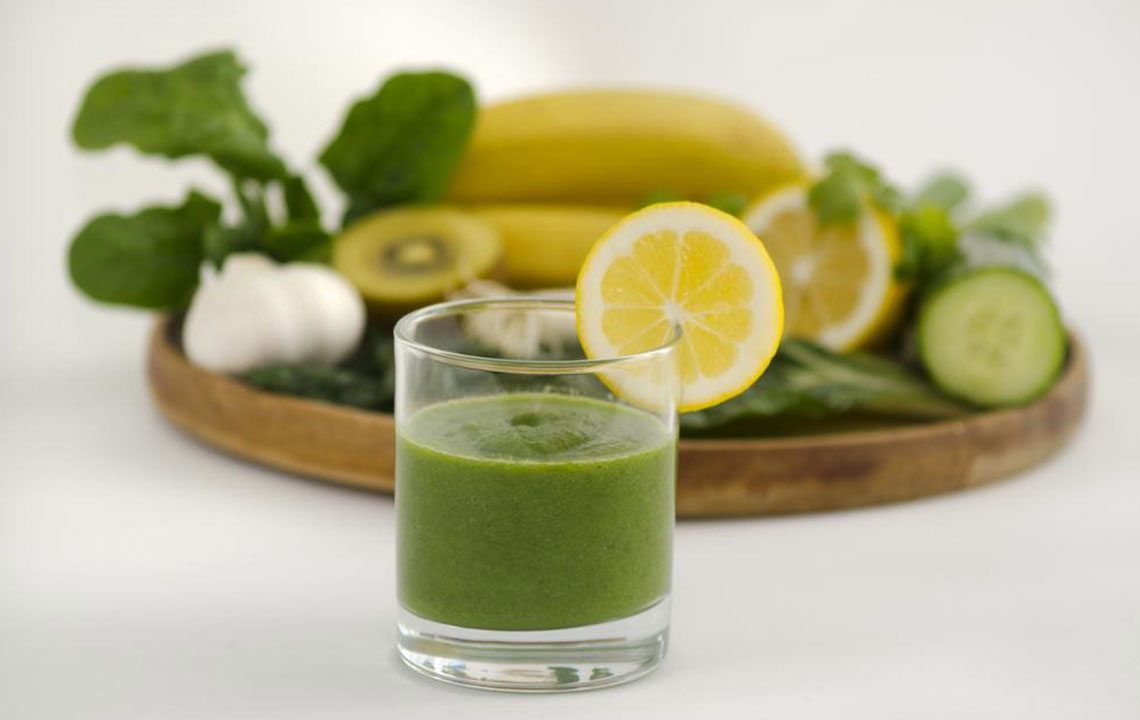Effective Strategies for Tailoring Your Personalized Meal Plan for Diabetes Management
This comprehensive guide offers essential strategies to craft a personalized diabetic meal plan. Learn how to select blood sugar-friendly foods, understand carbohydrate types, use the plate method for balanced eating, avoid problematic artificial sweeteners, and include moderate desserts. Tailoring your diet with these practical tips can significantly improve blood sugar management, support overall health, and make healthy eating an enjoyable daily routine suitable for diabetics seeking sustainable lifestyle modifications.

Effective Strategies for Tailoring Your Personalized Meal Plan for Diabetes Management
Comprehensive Guide to Creating a Custom Diabetic Diet That Suits Your Lifestyle
Living with diabetes demands mindful dietary planning paired with consistent physical activity. While it might feel restrictive initially—especially when avoiding favorite foods like pizza, pastries, or sweet treats—developing a personalized diabetic meal plan makes it possible to enjoy your diet without sacrificing taste or nutritional value. This detailed approach encourages focusing on wholesome, nutrient-dense foods specifically beneficial for diabetics, which can lead to better blood sugar control and improved overall health.
Identify blood sugar-friendly foods: Begin by listing foods pivotal in maintaining stable blood glucose levels. Emphasize the inclusion of non-starchy vegetables, such as leafy greens, peppers, and broccoli, which are low in carbs and rich in fiber. Incorporate healthy fats like avocados, nuts, and olive oil, as well as lean proteins such as poultry, fish, and low-fat dairy. Limit processed snacks, candies, baked goods, and foods high in refined sugars. Paying attention to carbohydrate intake and overall calories is crucial to prevent blood sugar spikes.
Understand the different carbohydrate types: Not all carbohydrates are created equal. Differentiating between complex carbs (found in whole grains, legumes, and vegetables) and simple sugars (present in sweets, sugary beverages, and processed foods) is vital. Rather than eliminating carbs entirely, focus on portion control. For example, breakfast could include around 45-60 grams of carbs, providing energy while avoiding hyperglycemia.
Implement the “plate method” for balanced eating: Visualize your meal by dividing your plate into sections: fill half with non-starchy vegetables, a quarter with healthy carbohydrate sources, and the remaining quarter with lean proteins. This method promotes balanced nutrient intake and helps regulate blood sugar levels naturally. It’s a simple yet effective way to manage portion sizes and ensure nutritional diversity.
Be cautious with sugar-free sodas and artificial sweeteners: While diet sodas are free from sugar and seem suitable, they may contain artificial sweeteners that could potentially lead to metabolic disturbances like insulin resistance or weight gain over time. Opt for healthier hydration choices such as water, herbal teas, or infused water with fresh fruits and herbs for flavor.
Integrate moderate, healthy desserts: To avoid feelings of deprivation, include small, nutritious treats in your meal plan. Use natural sweeteners like honey or stevia, and pick fruits like berries, apples, or dates for added sweetness. These options allow you to indulge in desserts while maintaining balanced blood sugar control and fostering a sustainable, enjoyable dietary pattern.
Keywords: diabetic meal planning, diabetic-friendly foods, healthy diabetic recipes, blood sugar control foods, personalized diabetes diet
Subcategory: food & nutrition
Main category: health & wellness





